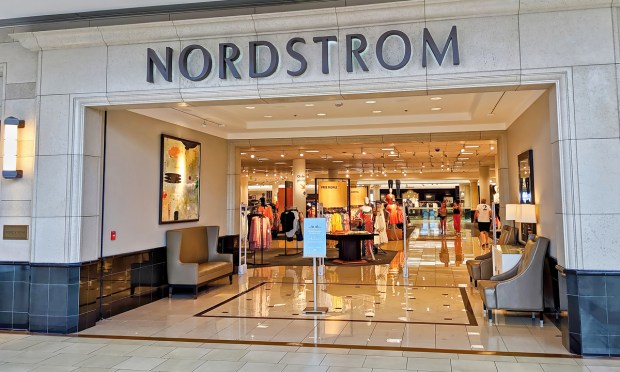Nordstrom Reports Lower-Income Consumers Dialing Back on Spending

Macroeconomic pressures are taking their toll on lower-income consumers, Nordstrom executives said Tuesday (Aug. 23) in materials released along with the company’s quarterly earnings call.
Although the company’s net sales increased 12% year over year during the quarter ended July 30, they began slowing in late June, especially among lower-income customers.
“While our quarterly results were consistent with our previous outlook, customer traffic and demand decelerated significantly beginning in late June, predominantly at Nordstrom Rack,” Nordstrom CEO Erik Nordstrom said in a Tuesday press release.
In prepared remarks released along with the earnings call, Nordstrom noted that the company’s lowest income customer segments represent a greater proportion of Nordstrom Rack’s customer base than Nordstrom’s.
Even at Nordstrom stores, he added, items with lower average unit retail (AUR), or average selling price, didn’t sell as well that those with higher AUR.
PYMNTS research has found that the share of lower-income consumers who are living paycheck to paycheck has risen significantly since 2021.
Read more: The Paycheck-to-Paycheck Report
In “The New Reality Check,” PYMNTS reported that 80% of consumers who earn less than $50,000 a year reported they were living paycheck to paycheck in April, up from 67% in April 2021.
Similarly, the share of consumers earning between $50,000 and $100,000 a year and living paycheck to paycheck rose from 51% to 64%, while those earning more than $100,000 a year and living paycheck to paycheck rose from 40% to 42%.
“As we look to the second half of the year, we are aggressively right-sizing our inventory while investing in supply chain and merchandising capabilities that will benefit us in 2023 and beyond,” Nordstrom President and Chief Brand Officer Pete Nordstrom said in the Tuesday press release.
In a presentation released along with the earnings call, the company said it will right-size inventory to align with consumer shifts and long-term strategies and enter 2023 in a clean and current inventory position.
“While this clearance activity exerts pressure on gross profit in the near term, it is necessary to align with consumer shifts and implement strategies that will drive our longer-term growth and profitability,” Pete Nordstrom said in the prepared remarks.
On the supply chain front, the retailer aims to improve consistency and predictability, increase productivity, accelerate delivery speed and expand market-level selection for in-store shopping and order pickup, per the presentation.
For all PYMNTS retail coverage, subscribe to the daily Retail Newsletter.
